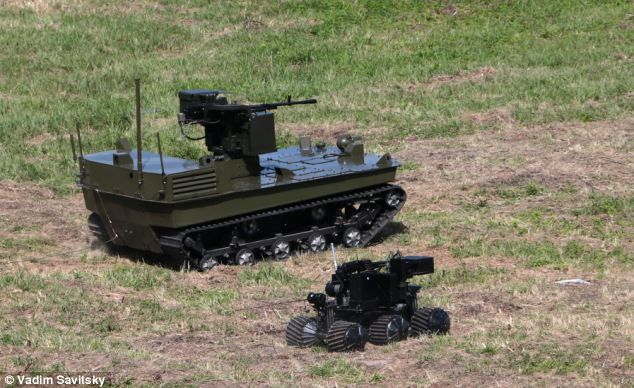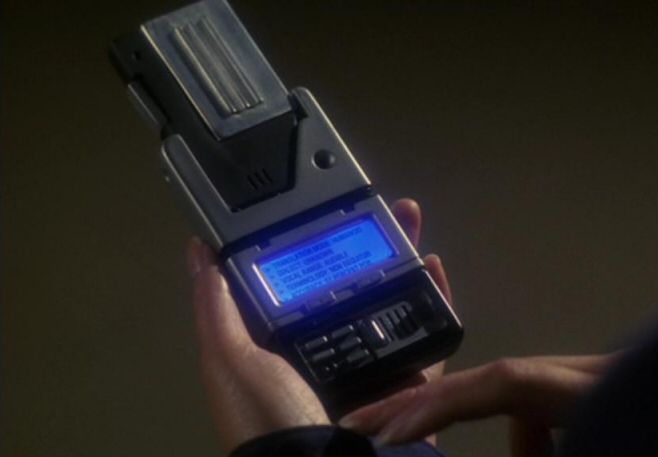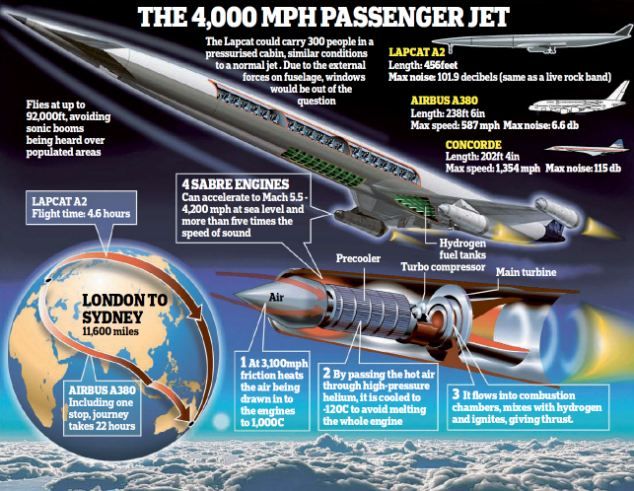NEW laser technology could revolutionise battlefield surveillance by temporarily changing the earth’s atmosphere into a lens https://t.co/5xD0RyIxB4


NEW laser technology could revolutionise battlefield surveillance by temporarily changing the earth’s atmosphere into a lens https://t.co/5xD0RyIxB4

This post is also available in:  עברית (Hebrew)
עברית (Hebrew)
The US Defense Advanced Research Projects Agency (DARPA) officially handed off control of the Space Surveillance Telescope (SST) to the US Air Force Space Command. After five years of successful operation the telescope will now be dismantled and sent overseas.
Australian forces are planned to handle the task of scanning the skies for asteroids that could endanger satellites or potentially strike the Earth. The Air Force will maintain “a broad and full SST partnership” with the Australian military, said 1st Lt. Sarah Burnett, a spokeswoman for Air Force Space Command (AFSPC). After the move, SST will operate as a dedicated sensor in the US Space Surveillance Network, operated by AFSPC.

Lookout the Russian Robots are coming.
A new pair of Russian robots has been developed that can track and attack humans from more than four miles away. The devices are designed for use on the Russian border and claim to accurately detect and attack ground and aerial threats long before they reach Russian soil.
Key technology at the robots’ disposal includes radar, HD and thermal video imaging, and multiple long-range grenade launchers. The first of the two new robots will act as a pair of scrupulous eyes for Russian border guards.
The ‘Flight’ robot is armed with an array of state-of-the-art surveillance tools to spot potential intruders, such as low-flying drones and other vehicles, from over six miles away. Russian engineers claim it could be used to pick out targets for long-range explosive weaponry. But the impressive device will mostly be used for general surveillance.


Wall Street watchdogs turn to AI: System can scan markets and even chat rooms for rogue traders…
Artificial intelligence programs have beaten chess masters and TV quiz show champions. Next up: stock market cheats.
Two exchange operators have announced plans to launch artificial intelligence tools for market surveillance in the coming months and officials at a Wall Street regulator tell Reuters they are not far behind.
Executives are hoping computers with humanoid wit can help mere mortals catch misbehavior more quickly.

Google could have a record of everything you have said around it for years, and you can listen to it yourself.
The company quietly records many of the conversations that people have around its products.
The feature works as a way of letting people search with their voice, and storing those recordings presumably lets Google improve its language recognition tools as well as the results that it gives to people.

Lisa Joy and Jonah Nolan explore dark sides of AI and humanity in series that reboots the 1973 film about a robotic theme park gone haywire.

SABRE is at heart a rocket engine designed to power aircraft directly into space (single-stage to orbit) to allow reliable, responsive and cost effective space access, and in a different configuration to allow aircraft to cruise at high speeds (five times the speed of sound) within the atmosphere.
If the rocket for space is not used then the US air force could use Skylon and SABRE engine technology to develop a 4000 mph hypersonic fighter plane or spy plane.

The odds that artificial intelligence will enslave or eliminate humankind within the next decade or so are thankfully slim. So concludes a major report from Stanford University on the social and economic implications of artificial intelligence.
At the same time, however, the report concludes that AI looks certain to upend huge aspects of everyday life, from employment and education to transportation and entertainment. More than 20 leaders in the fields of AI, computer science, and robotics coauthored the report. The analysis is significant because the public alarm over the impact of AI threatens to shape public policy and corporate decisions.
It predicts that automated trucks, flying vehicles, and personal robots will be commonplace by 2030, but cautions that remaining technical obstacles will limit such technologies to certain niches. It also warns that the social and ethical implications of advances in AI, such as the potential for unemployment in certain areas and likely erosions of privacy driven by new forms of surveillance and data mining, will need to be open to discussion and debate.